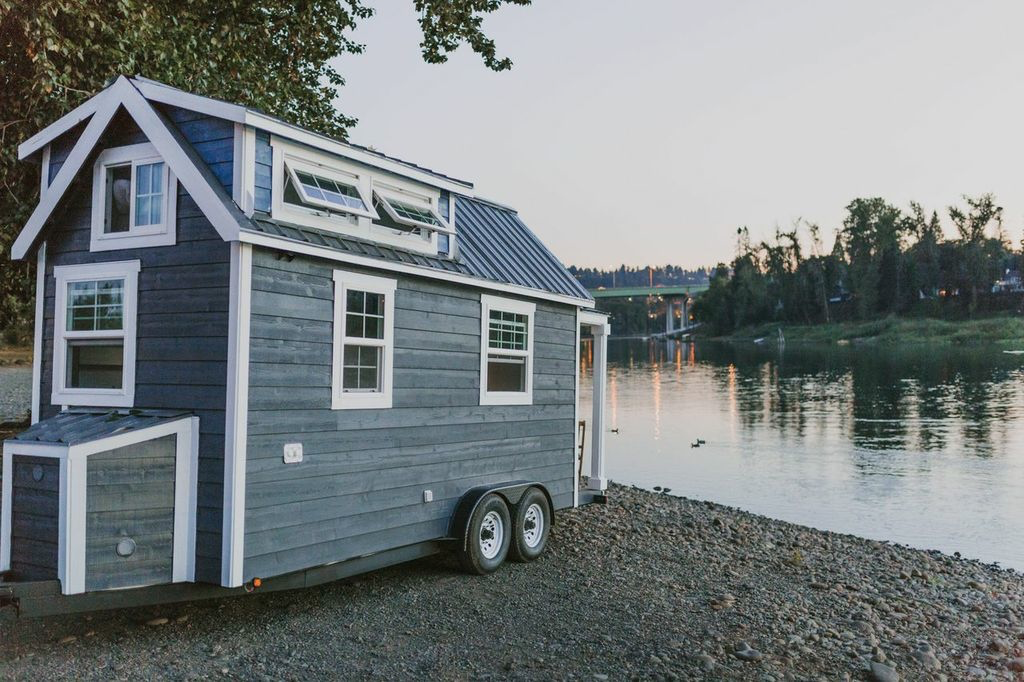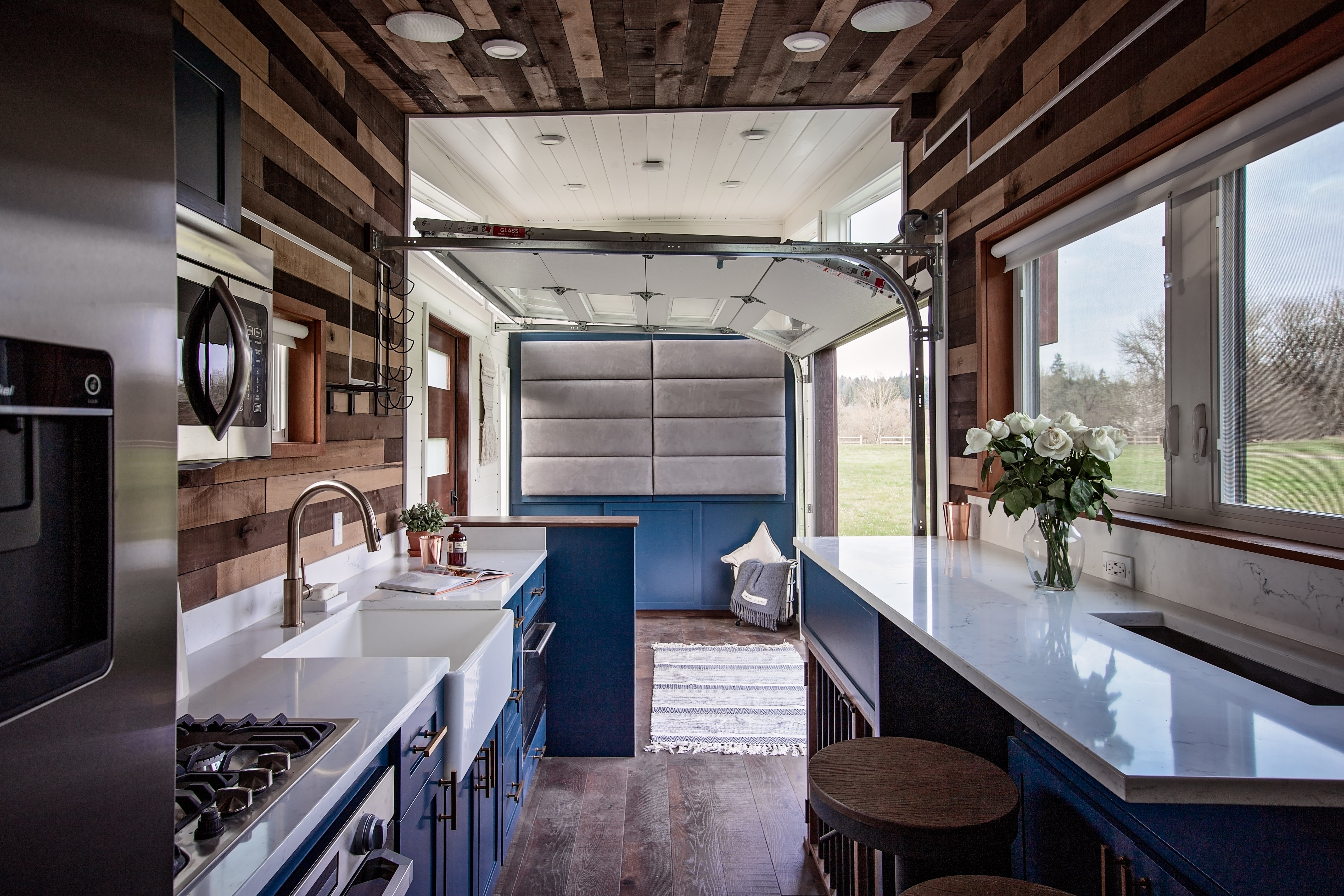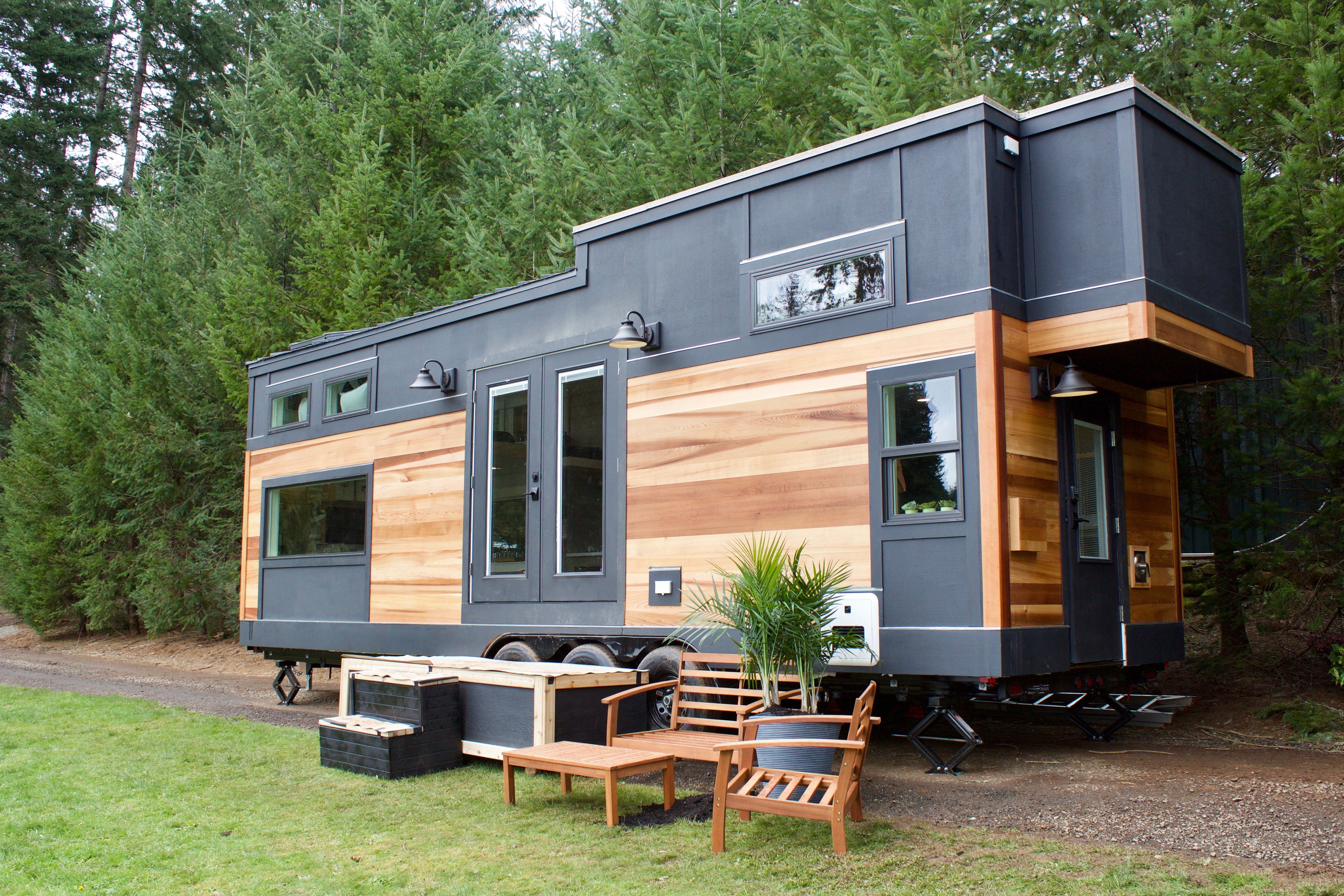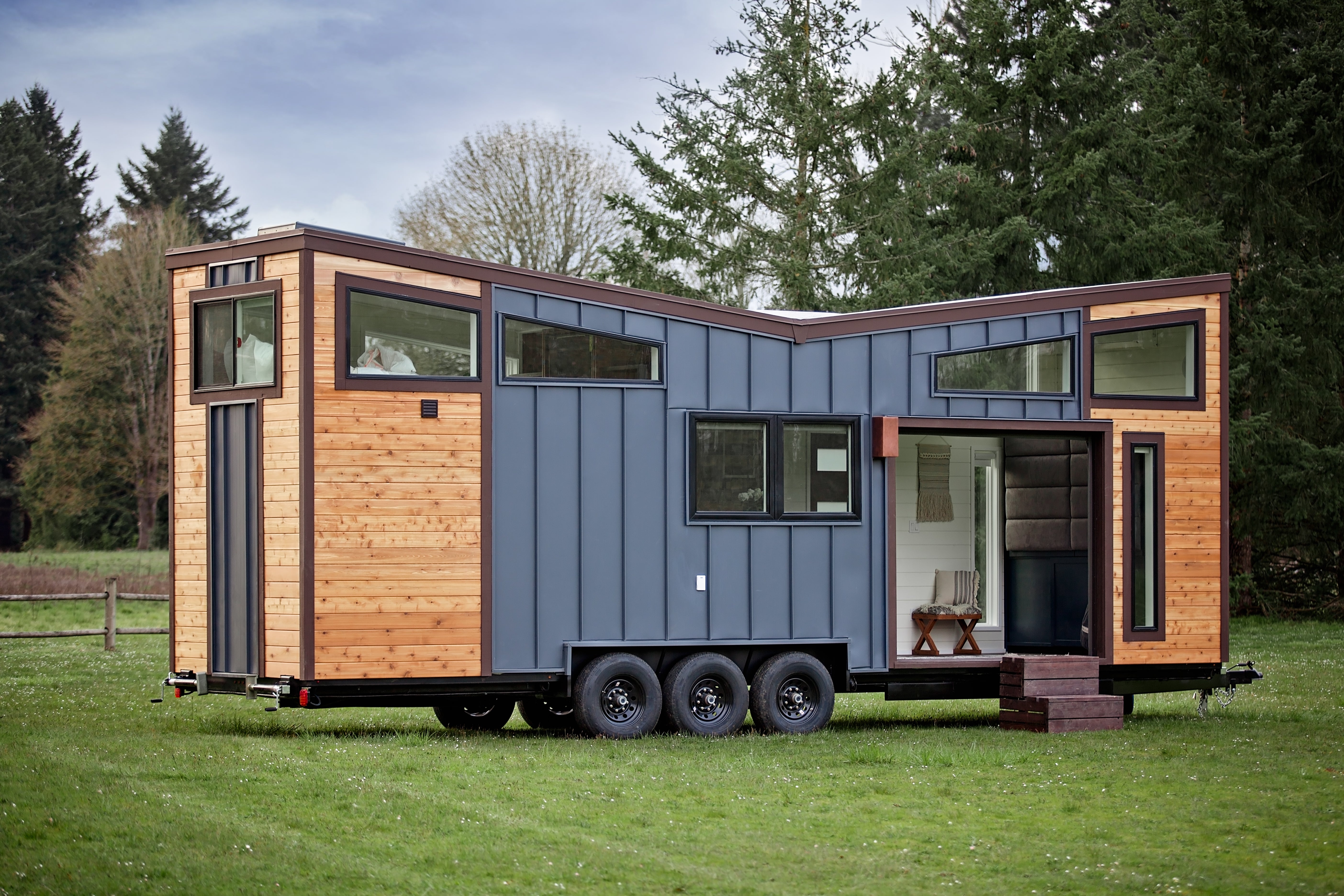Tiny homes started as unusual dwellings but have developed into standard residential housing throughout North America. The growing interest in tiny homes stems from financial needs, along with minimalism and sustainability, and mobility requirements, leading more people to choose these residences. The process of acquiring a tiny home extends further than the diminutive name suggests. The process requires a combination of zoning regulations with construction standards, financial limitations, and personal lifestyle factors.
This guide presents a comprehensive approach to prepare for North American tiny home purchases by using factual evidence and legal perspectives, and practical guidance.
1. Define Your Purpose and Lifestyle Needs
The purchase of a tiny home requires you to determine first why you need this specific type of residence. Your initial reason will guide all your upcoming choices. The main reasons people choose tiny homes include:
-
The rising traditional home prices throughout North America drive many people toward affordable tiny homes as their first housing choice.
-
The price range for tiny homes stretches from $30,000 to $100,000, depending on size, along with features and customization options.
-
The mobility feature of many tiny homes allows their owners to live a traveling lifestyle.
-
Tiny homes built on wheels enable homeowners to choose a mobile lifestyle.
-
The construction of tiny homes uses less material and produces reduced energy consumption for environmental sustainability.
-
Simplifying your lifestyle through minimalism allows you to maintain focus and maintain an uncluttered environment.
Your reason for purchasing a tiny home requires you to decide exactly how much space you require. Most tiny homes fall within a range of 100 to 400 square feet. Consider the essential features you require and whether you live alone or with others, together with your requirements for off-grid capability.

2. Understand Legal Zoning and Regulations
Acquiring a tiny home requires more than standard building acquisition, since you need to consider all legal requirements. The most difficult part of the process includes following local zoning regulations, together with building codes. The rules established by local authorities determine whether you can position or reside within a tiny home in a specific area.
Key Considerations:
-
The regulations known as zoning laws differ from one province to another and between different municipalities. Certain locations ban tiny homes, yet other communities welcome them through specific zoning classifications.
-
The building codes for tiny homes differ based on whether the home has wheels (RV classification) or stands on a permanent foundation. The U.S. uses the International Residential Code (IRC) while Canada follows the National Building Code (NBC) for foundation-based tiny homes.
-
The installation of water and electricity, and sewer systems creates challenges when determining where to place a tiny home. The use of off-grid options provides flexibility yet requires compliance with safety codes.
-
Tiny homes built on wheels must obtain both vehicle registration and license plates, while homes on foundations need permits followed by inspection approval.
-
Seek advice from an expert real estate lawyer before purchasing land or signing a tiny home contract. Their knowledge helps you prevent costly zoning errors, particularly when you plan to reside permanently in a place with unclear zoning regulations.
3. Choose the Right Type of Tiny Home
Different types of tiny homes exist, which you should select based on your needs, together with your ability to move around and your budget, alongside your location and climate conditions.
Common Types:
The Tiny House on Wheels (THOW) features movable designs that use trailer bases to accommodate spaces between 100 to 300 square feet. The flexible design works well for RV parks and private land with less regulatory oversight.
A permanent tiny house foundation structure needs to fulfill complete building regulations. The structure is suitable for enduring residency in both urban and suburban areas that permit accessory dwelling units (ADUs).
Shipping Container Homes: Built from repurposed steel containers, these are durable and increasingly popular. These structures normally fulfill building requirements, although they need insulation modifications to handle cold weather conditions.
Prefab or Modular Tiny Homes: The production occurs off-site before your lot becomes the destination for assembly, which provides a cost-efficient and fast process.
Different types of homes present distinct advantages and disadvantages regarding funding possibilities, as well as legal compliance and user convenience. Your selection must consider both the home itself along all the future consequences that come with it.

4. Secure Land or a Placement Option
The choice of a tiny home requires you to determine its location following your selection. The journey's most difficult part emerges at this point.
Options Include:
The purchase of land gives you total authority, yet the cost of real estate differs significantly based on location. Verify that zoning regulations allow tiny homes and confirm that utility connections exist in your desired area.
Tiny home communities across Canada and the United States offer leasing spaces to residents while providing community amenities, together with streamlined regulatory processes.
You may place your tiny home on a property owned by friends or family members in areas where local rules permit secondary dwelling units or accessory units.
RV or mobile parks: This is a common choice for THOWs, but comes with monthly fees and limited customization options.
Before making any commitment, it is essential to verify that your tiny home complies with local laws in your preferred location. The classification of "permitted" does not necessarily indicate practical implementation because local bylaws or neighbour disputes may create obstacles.
5. Explore Financing and Insurance Options
Tiny homes exist in ambiguous financial categories that differ from conventional residential properties. Most financial institutions, along with mortgage lenders, fail to provide standard mortgages for tiny homes, particularly when these homes are mobile units. But there are alternatives:
Financing Options:
Personal loans represent the primary financial path that works best for mobile tiny home owners. Approval depends on credit score, income, and debt load.
RV loans: Available in the U.S. for THOWs if the unit meets RVIA certification.
Builder financing: Some tiny home builders offer in-house financing with structured payment plans.
Construction loans: Possible if you're building on a permanent foundation with permits.
Insurance: Insurance companies face difficulties when providing coverage to tiny homes. The insurance coverage depends on the classification of the home. The insurance coverage for THOWs follows RV insurance rules, but foundation-based homes qualify for standard homeowner's insurance policies. Consult with insurance brokers who have expertise in non-traditional housing.
6. Plan Your Build or Purchase Strategically
After securing financing, you can proceed with construction or purchasing your tiny home. Here’s what to keep in mind:
Building your own tiny house through DIY construction saves money but demands both construction abilities and adherence to building regulations. A certified builder will increase costs but provide both high-quality work and legal compliance for your project.

Timeline: Custom builds can take 3 to 6 months or longer. Prefab homes may be faster.
Before buying a pre-built or used tiny home it is crucial to perform an extensive inspection. Check the frame, insulation, wiring, plumbing, and any damage.
Multiple builder options should be researched before making a final decision. Seek references along with warranty information and complete price breakdowns for what the buyer receives.
7. Transitioning to Tiny Living
-
After completing your home, you must adjust to its new lifestyle. The process of downsizing goes beyond physical space because it requires a complete mental transformation.
-
Tips for successful adaptation:
-
Declutter: Let go of items you don’t use regularly.
-
The most efficient storage methods include using vertical space alongside under-bed storage units and foldable furniture, and built-in storage components.
-
Your daily routines need adjustment because cooking and laundry operations, and hosting guests may need reconsideration.
-
The huge rewards tiny home living provides include reduced expenses and smaller environmental impact, as well as enhanced focus on important things.
North American tiny home buyers need to handle unique difficulties that separate their experience from standard real estate transactions. Each step of the process requires careful and patient execution because traditional real estate approaches do not work here. With proper planning and expert advice, the tiny house lifestyle provides substantial rewards through simplicity alongside freedom, together with a stronger connection to essential aspects.






Share: